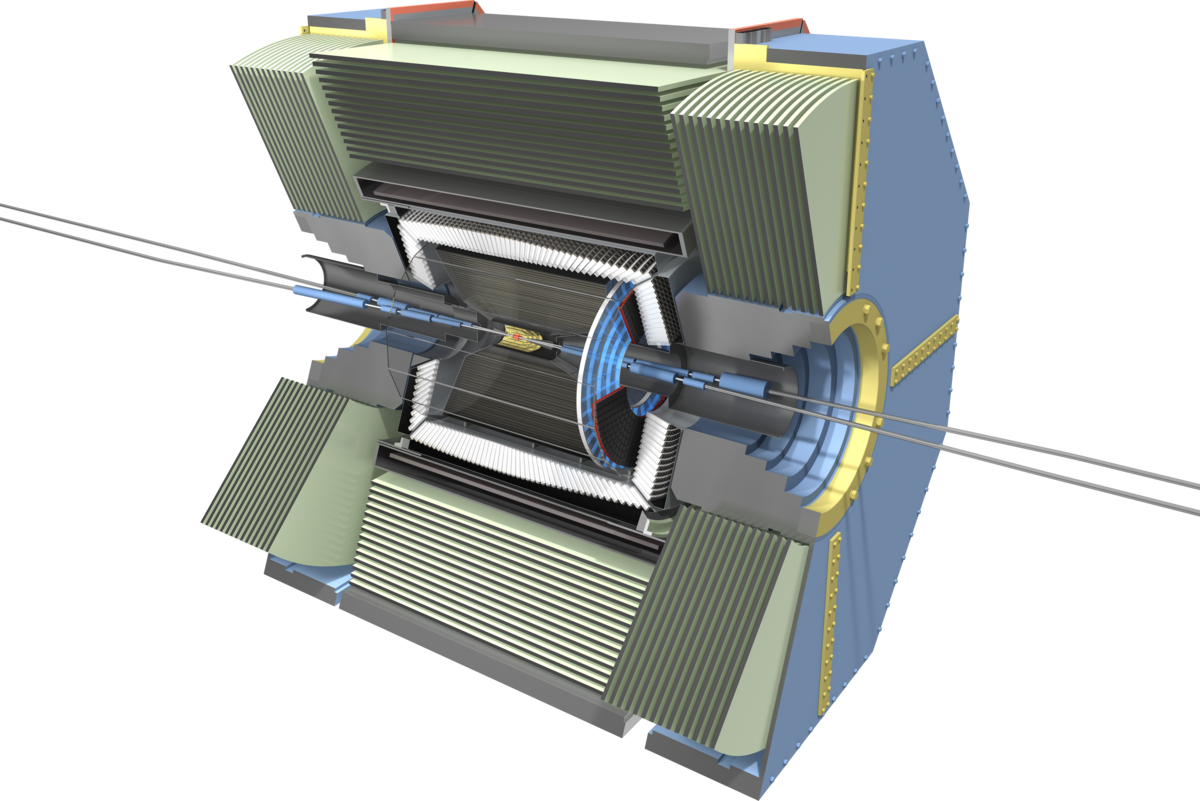Nanophotonic Electron Accelerator (NEA)
Scientists have achieved a groundbreaking feat by successfully activating the world’s smallest particle accelerator for the first time. This remarkable achievement, with a size comparable to a small coin, holds immense potential for various applications, including the possibility of utilizing miniaturized particle accelerators for medical purposes.
The NEA’s Tiny Structure
The NEA is a cutting-edge device that consists of a miniature microchip containing an even smaller vacuum tube composed of thousands of individual pillars. Researchers have devised a method to accelerate electrons by directing miniature laser beams at these tiny pillars. Remarkably, the main acceleration tube within the NEA measures a mere 0.02 inches (0.5 millimeters) in length, which is a staggering 54 million times shorter than the colossal 16.8-mile-long (27 kilometers) ring housing CERN’s Large Hadron Collider (LHC) in Switzerland, the largest and most powerful particle accelerator globally.
Nano-Scale Precision
The interior of the NEA’s minuscule tunnel is approximately 225 nanometers wide. To put this into perspective, the thickness of a human hair ranges from 80,000 to 100,000 nanometers, as reported by the National Nanotechnology Institute.
Achieving Electron Acceleration
In a recent study published in the journal Nature, researchers from the Friedrich–Alexander University of Erlangen–Nuremberg (FAU) in Germany achieved electron acceleration using the NEA. They successfully increased the energy of electrons from 28.4 kiloelectron volts (keV) to 40.7 keV, marking a significant 43% boost. This accomplishment marks the first successful activation of a nanophotonic electron accelerator, a concept initially proposed in 2015.
Particle Acceleration on a Microchip
Study co-author Roy Shiloh, a physicist at FAU, emphasized the groundbreaking nature of the achievement, stating that it is the first time they can genuinely refer to a “particle accelerator on a [micro]chip.”
Contrasting with Large Particle Accelerators
While the LHC relies on more than 9,000 magnets to create a magnetic field for particle acceleration, the NEA employs light beams directed at the vacuum tube’s pillars to amplify energy, resulting in a much weaker energy field. The electrons accelerated by the NEA possess significantly less energy compared to those in large colliders like the LHC. However, researchers believe that by exploring alternative materials or stacking multiple tubes together, they can further enhance particle acceleration. Nevertheless, the NEA will not reach energy levels comparable to those of colossal particle colliders.
Potential Medical Applications
One of the primary goals of developing these miniaturized accelerators is to harness the energy emitted by accelerated electrons for targeted medical treatments, potentially replacing more invasive forms of radiotherapy used to combat cancer cells. The ultimate vision is to place a particle accelerator on an endoscope, enabling the administration of radiotherapy directly to affected areas within the body. However, this transformative application remains a long-term goal.
Month: Current Affairs - October, 2023
Category: Science & Technology Current Affairs








